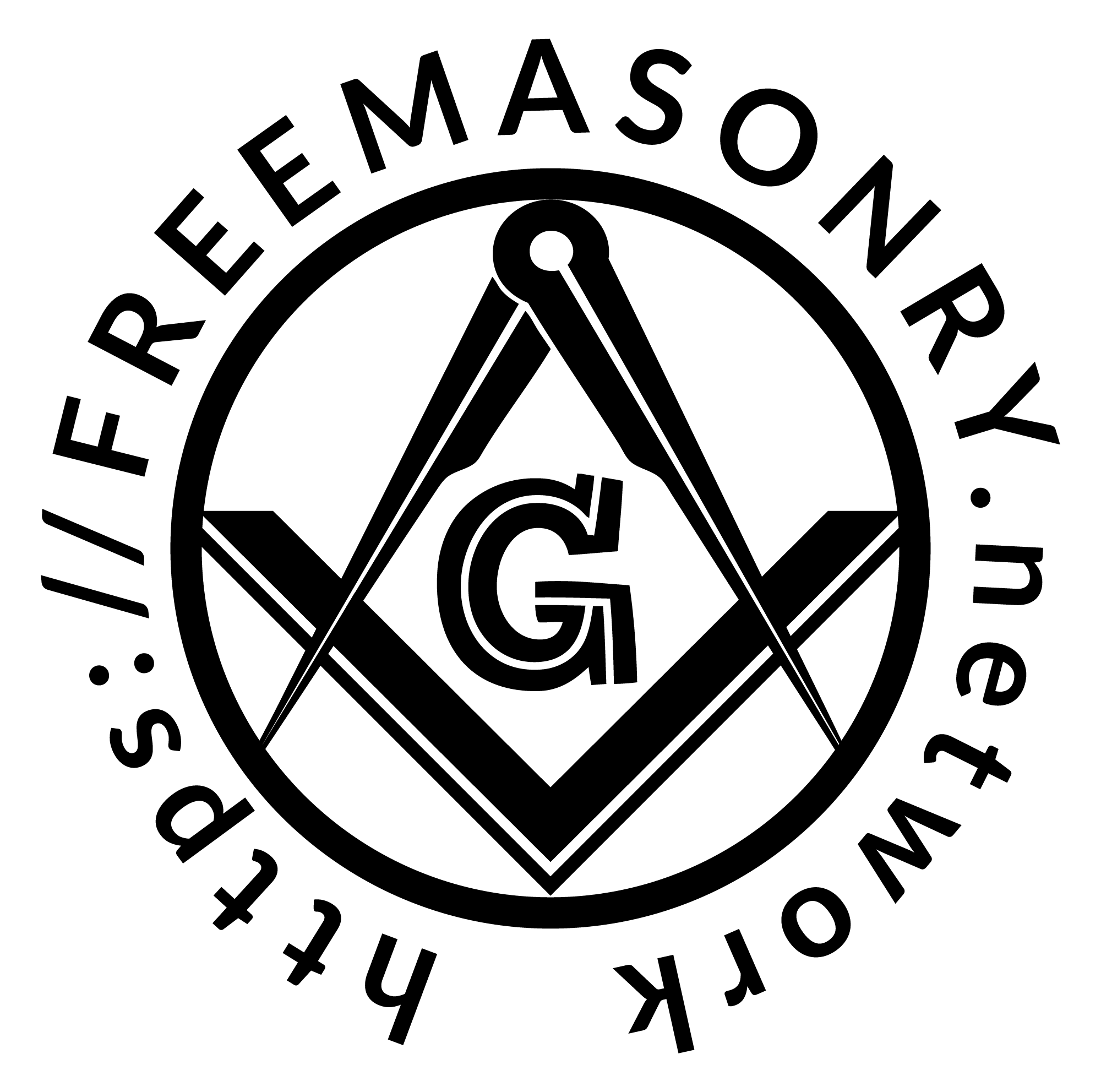At the beginning of the 19th century, when the “Antients” and the “Moderns” moved from rivalry towards union, the role and purpose of the Royal Arch became a sticking point. The “Antients” viewed the Royal Arch as a fourth degree of Craft Freemasonry and worked it as part of the Craft ceremonies, while the “Moderns” almost totally ignored it. The latter held the opinion that Craft Freemasonry consisted of three degrees only and that the Royal Arch was at the most an extension of the third (Master Mason’s) degree which was to be administered separately. In addition, the “Moderns” embedded certain teachings in their third degree ritual that the “Antients” only revealed to those joining the Royal Arch.
In 1813, the “Antients” and “Moderns” agreed on an Act of Union and formed the United Grand Lodge of England. This was possible only after reaching a compromise on the role and purpose of Royal Arch Masonry. The compromise was that after the union, the Royal Arch degree would be fully recognised by the United Grand Lodge (to placate the “Antients”), but become a separate order (to placate the “Moderns”) while all Craft Lodges would be given sanction to work the ceremony (to placate the “Antients”). At the same time, no compromise could be reached on the role and purpose of the Mark degree. It was effectively proscribed from the Union until the 1850s, until it became organised in an independent Grand Lodge of Mark Master Masons of England and Wales. In most countries outside England and Wales, however, Mark Masonry became attached to Royal Arch chapters. In its Book of Constitutions, the United Grand Lodge of England therefore declared that “…pure Antient Masonry consists of three degrees and no more, viz. those of the Entered Apprentice, the Fellow Craft, and the Master Mason including the Supreme Order of the Holy Royal Arch.“.
In 1817, four years after the “Antients” and “Moderns” had united their Craft grand lodges, the new United Grand Lodge oversaw the formation of a “Supreme Grand Chapter of Royal Arch Masons of England” to govern the Holy Royal Arch in England and Wales. By that time, the Grand Chapter of the “Antients” had effectively ceased to exist (only a few meetings are recorded for the time after 1813), so their remaining members were simply absorbed into what had previously been the Grand Chapter of the “Moderns”.
Another significant constitutional development in English Royal Arch Masonry occurred in 1823, when Master Masons were allowed to join Holy Royal Arch Chapters without having previously passed through the chair of a Craft lodge. In 1835, the ritual was reformed, when part of the ceremony known as “Passing the Veils” was dropped. It was re-adopted by Bristol Chapters at the turn of the 20th century.
(the source/read more: Wikipedia)
read more: DEVELOPMENT SINCE UNION














